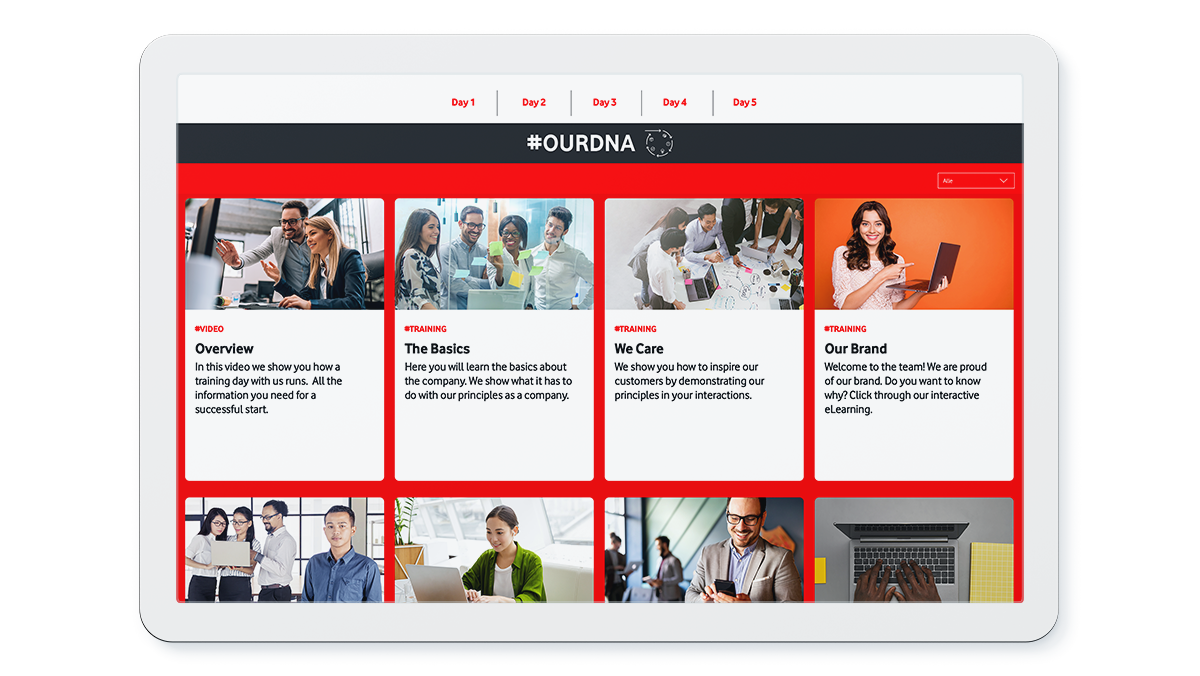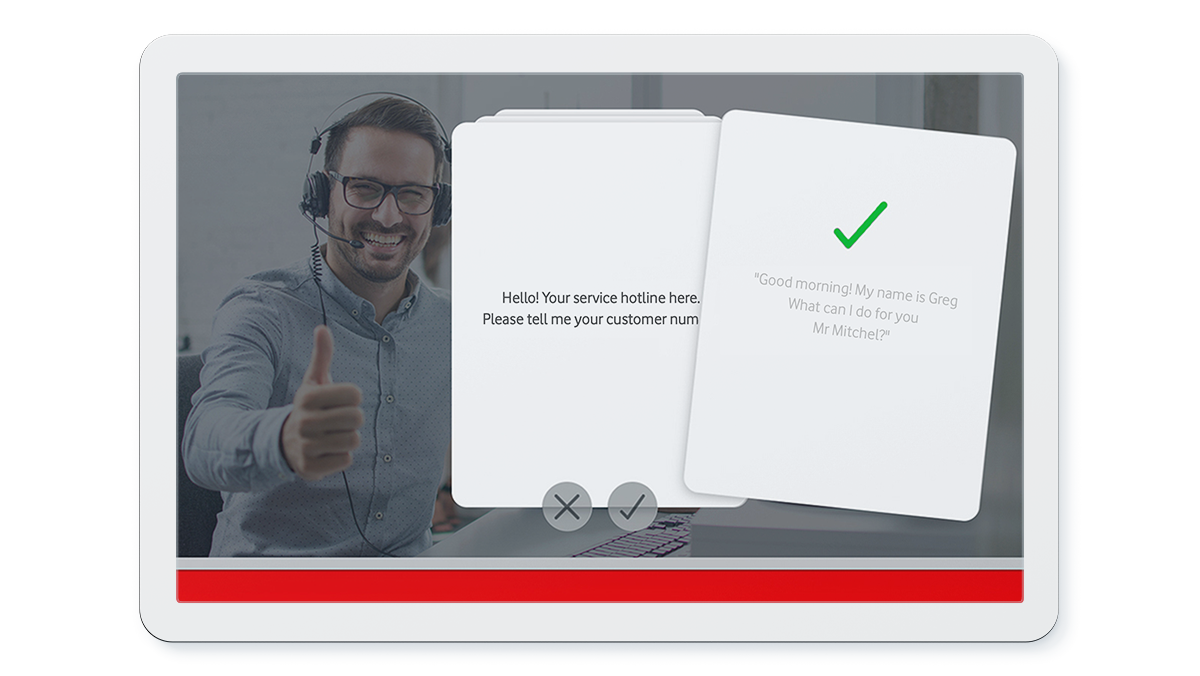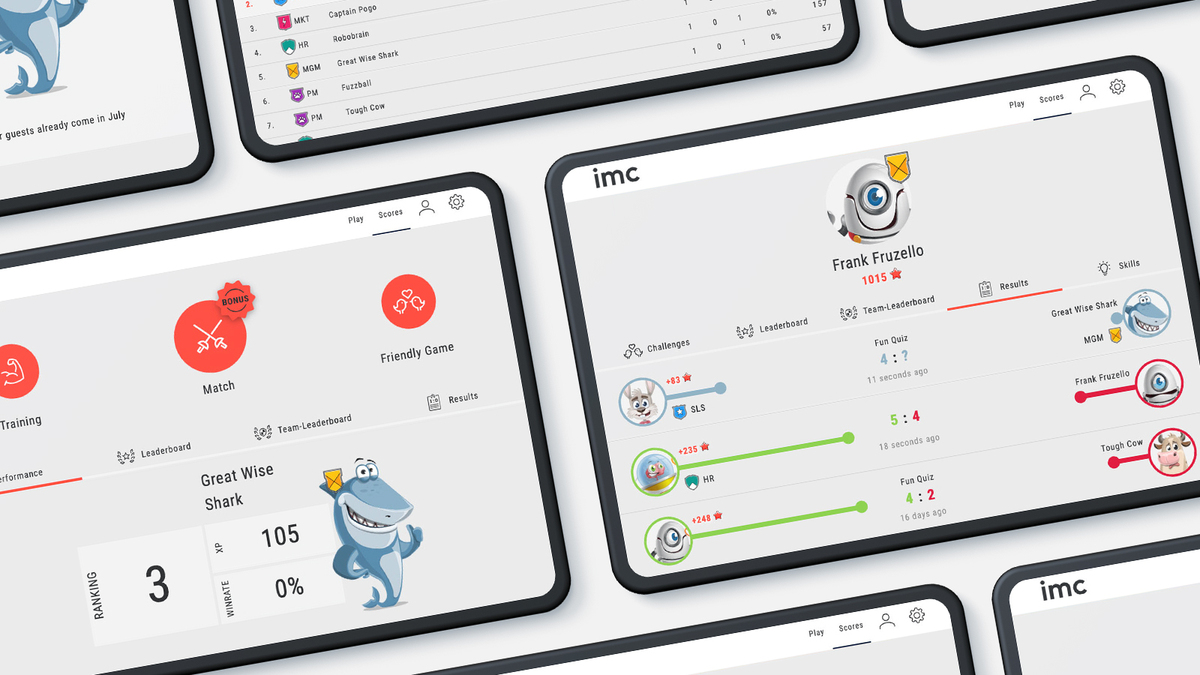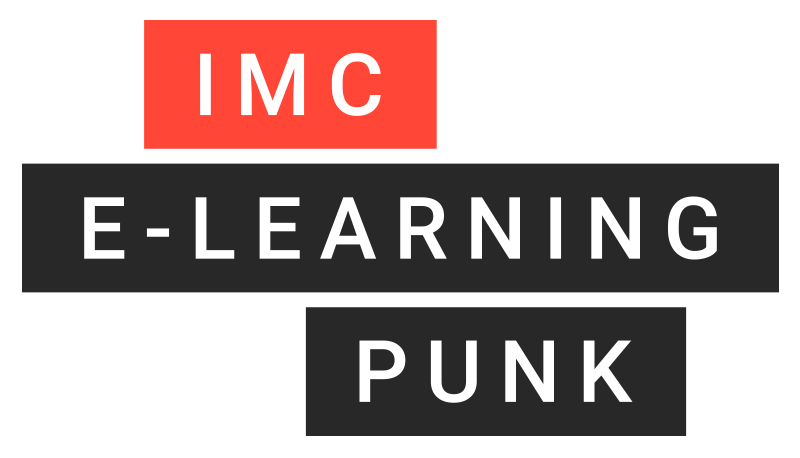
Six vital modules for every digital onboarding concept
A blueprint for efficient onboarding with lasting impact
Different companies have different requirements for their onboarding process. They might want to use modular and future-proof concepts, achieve cost and time savings compared to current approaches, or enable employees to start working sooner. Moreover, the pandemic has accelerated the need for digital onboarding as face-to-face training has not been possible. Despite the pandemic introducing more relaxed, remote working arrangements, hybrid work arrangements will become the norm; hence digital onboarding will become the tool to deliver a great first experience to new employees.
Yet, companies are not the only stakeholders – Employees have their own expectations of the onboarding process. This is why many HR managers are deciding on learner-centric onboarding that revolves around the needs of new employees:
“I want to know what makes my company tick,” – “I want to feel like I’m becoming part of the community,” – “I want to improve my skills.”
To achieve that, your onboarding needs a framework that provides guidance and an emotional connection while assessing the current state of knowledge and developing expertise.
This article explains how to design an exciting and creative digital onboarding process with new and existing e-learning content, even without a learning management system (LMS).

An illustration of the key building blocks
Our experts are always developing concepts suitable for a wide range of requirements. Get a head start with our “best of” compilation. Let’s imagine this situation: You want to digitise five days of basic training that has always been conducted on site. You are looking at a very diverse group of participants. The target group for this training extends beyond new colleagues, and also includes “old hands,” as well as some external service providers. They each have a different level of prior knowledge, different hardware, and different levels of access to a learning management system (LMS). Some might not have any access at all.
How do you satisfy them all? The solution is to design a structured framework for digital onboarding. Our experts recommend getting a head start with these 6 modules:
- A central (digital) starting point
- A daily virtual kick-off
- The self-learning phase
- A virtual hands-on workshop
- The online quiz
- A learning diary
Together, these six modules form a foundation. Let’s look at each element separately.
My Digital Onboarding Kit – The modules in detail
The central starting point could, for example, be a browser-based landing page created especially for onboarding, a homepage in the company intranet, a portal page (in the LMS) or an interactive PDF. It is important that the employees can see at a glance what is on the agenda for the day when they arrive for their onboarding. Think of it as a modern timetable. Every new employee needs structure, and an overview page is an easy way to provide that.

Portal page as central starting point
The virtual kick-off at the beginning of each training day serves to agree and discuss the agenda and objectives for the day together with the trainers. The focus should be on social onboarding, on promoting interaction between the participants. Our experts recommend a playful warm-up with surveys, icebreakers, or activation games aka energisers. Why not play a round of “I packed my bag” to get started? It is helpful to establish a meeting netiquette, specifying that cameras and microphones must be switched on.

virtual kick-off
In the self-learning phase, each learning format achieves a specific objective. For example, digital performance cards help employees gain knowledge with a certain focus, and then apply it in simulations as part of web-based training. Virtual scavenger hunts help them familiarise themselves with the company or the intranet. Companies can also integrate existing training courses or offer individually tailored or branded content. Variation between different e-learning formats has proven particularly effective.

Performance cards
The hands-on workshop moderated by the trainers gives the employees an opportunity to apply what they learned and clarify any questions or uncertainties. This could include polls, multiple choice questions in the group chat or whiteboards.
The online quiz concludes the day. One great example is the BizQuiz. It provides participants with feedback on their learning progress and gives them the opportunity to close any knowledge gaps.

quiz app: Biz Quiz
Finally, the learner makes their personal entry in the learning diary. An easy way to integrate the diary is to design a page in the intranet, a document in the cloud or a form that mirrors the central starting point, and which each participant completes for themselves. This serves to summarise the core messages from the workshops or formulate the questions and tasks for the self-learning phase, as well as compiling key insights from the training courses. The personal learning diary thus becomes an individual reference resource participants can look things up in long after their onboarding.

Learning diary
GOOD TO KNOW
Time investment for trainers is automatically reduced
The targeted use of digital learning formats in the self-learning phase reduces time investment for trainers during digital onboarding. That saves costs and resources. Following this 6-module approach, trainers are only required for the kick-off and the workshop phase.
Digital vs hybrid onboarding
Digital onboarding works. This approach can absolutely be appropriate while also saving resources. Nevertheless, some onboarding processes are easier to realise in a hybrid format. Of course, that does require new employees to travel to the location.
One example for a good hybrid solution would be to communicate theoretical content through online self-study, and then bring participants on site to carry out specific actions, such as operating machinery. The face-to-face part of the training can then be utilised for practical exercises and to clarify questions.
Similarly, a dual approach helps with understanding the corporate culture. For instance, companies might invite new employees for an intro day before their first day of work. Make the most of this day by asking colleagues to talk about how they realise the values, objectives, and mission of the company in their daily work. This meeting can also be leveraged to establish an emotional connection with new recruits and build enthusiasm for the company.
In our experts’ experience, it is not as clear-cut as one approach being universally better. Rather, it is about selecting suitable formats and linking them in a helpful way based on the new employees’ needs and the learning objectives.
We linked a special treat for anyone interested in hybrid onboarding:

Digital Learning Journey
Reaching the destination with the right blend of formats: Digital learning journeys capitalise on the strengths of each learning format to create a motivating learning experience.

LMS Hot Topics: Science fiction or near future?
Onboarding can already be integrated into existing learning management systems. But Hanna's example shows that this is only the beginning.

Contact person
I joined the imc newsroom team in 2021. As a journalist my heart beats for content and storytelling.
I’m excited to figure out how e-learing and digitization affect the future of work. My task is to create content to talk about and I’m always looking for trends.
Privately I love to travel and eat Tapas.
Topics: E-Learning Trends, Corporate Social Responsibility, Press and Influencer Relations
